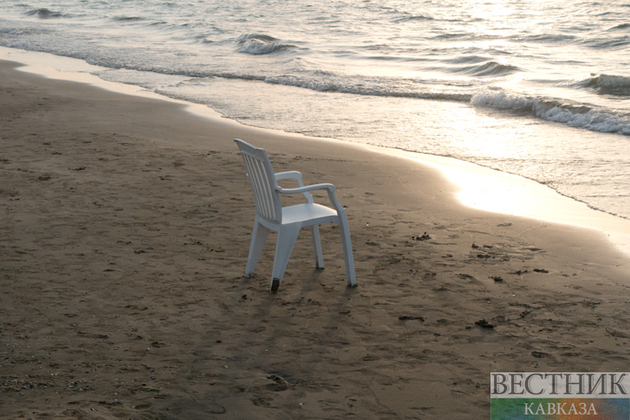In the last four decades, the Gulf states have witnessed a level of development unprecedented in human history. Half a century ago, life expectancy in the region hovered at about 51, but the subsequent period of great wealth, investments in healthcare and an improvement in the quality of life have transformed the region, Arab News writes.
Nevertheless, the climate that blighted life for millennia has only worsened — temperatures have risen more in the Gulf since 1980 than they have in the rest of the world since the start of the Industrial Revolution. Amid these circumstances, development has hugged the region’s muggy yet breezy shores. From Kuwait in the north through Qatar, the Eastern Province of Saudi Arabia, the island of Bahrain and the UAE, communities historically thrived or struggled based on their proximity to the sea.
Amid a punishing desert climate, the Gulf provided life and also trade in terms of pearling and access to important maritime routes. Now, the Gulf’s extensive reefs (mostly rocky, but also coral), abundant pearl oysters and mangroves need protecting. Though corals in the Gulf are the most thermally tolerant in the world, studies have shown that year on year numerous instances of coral bleaching have occurred as temperatures have risen. Observations from several bleaching instances across reefs in the Gulf have shown that damage typically begins after a week of exposure to daily mean temperatures exceeding 35 degrees Celsius. In today’s Gulf, such temperatures can continue not just for many weeks, but several months.
Within this context, the region’s indigenous mangrove ecosystems are under threat. As one of the few ecosystems able to sustain life during the hot summer months, mangroves are an important part of the environment. At the base of the food chain, they are central to a thriving marine habitat. Their extensive root systems provide natural shelter for fish and other marine life and play an important role in protecting the coastline from the erosive effects of seasonal storms. As natural filters of sediments, they also protect coral reefs and seagrass from being clogged. In the context of rising sea temperatures, they are therefore very important. Mangroves can store five times more carbon per square meter than tropical forests. Their ability to predominantly store carbon in their roots ensures it can be stored for a very long time, up to millennia. As these areas are destroyed, the carbon is released back into the atmosphere, where it contributes to global climate change. On a global scale, the loss of mangroves is resulting in as much as 1 billion tons of carbon dioxide being released annually.
As one of the few green spaces in these otherwise very arid countries, mangroves are vital for maintaining oxygen levels in a region that disproportionately produces carbon dioxide as a result of mass hydrocarbon extraction and export. Qatar is now seeking to protect them and the UAE is seeking to plant more.
Following centuries of hardship, the Gulf states have every right to engage in development to increase literacy, improve the quality of life and attract visitors from around the world. However, the environmental circumstances that made life so hard to sustain for millennia have not been improved with the advent of great wealth. Environmental sustainability should be central to the long-term economic plans of the region.
The effects of climate change in the GCC are only increasing as the countries of the region seek to meet rising demand. They must implement risk-management plans to ensure the viability of the region in the long term.






